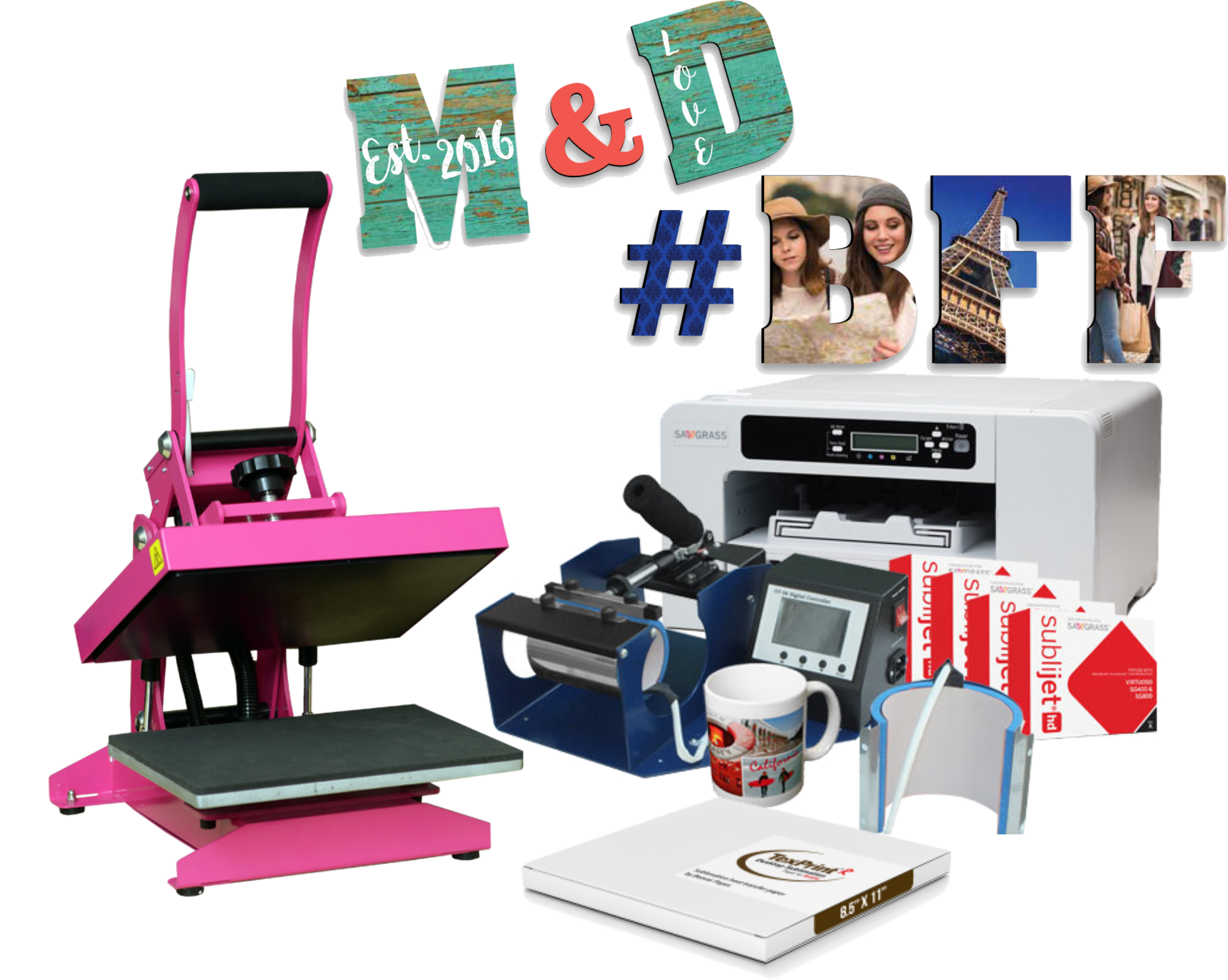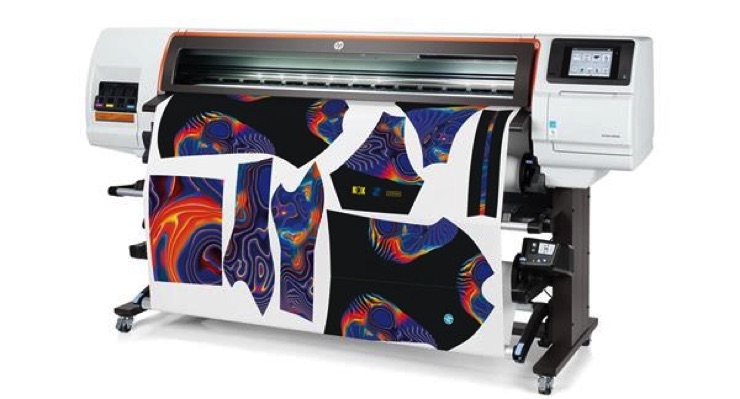Exactly How Screen Printing Transforms the Branded Clothing Sector
Wiki Article
Developments in DTF Printing: Just How It's Transforming the Sector
The textile printing market is undertaking a significant change, driven by the innovative advancements in Direct-to-Film (DTF) modern technology. With remarkable ink formulations, boosted movie and glue technologies, and the assimilation of automation, DTF printing offers vibrant, long lasting prints on a range of textiles, meeting the enhancing demand for personalization.Innovations in DTF Modern Technology
Progressing quickly, DTF (Direct-to-Film) printing innovation has actually gone through substantial enhancements that are revolutionizing the fabric industry. Among the most remarkable innovations is the improvement in print quality. Modern DTF printers use sophisticated ink solutions that cause vibrant, durable prints with high resolution and shade accuracy. These inks are especially crafted for compatibility with various textile types, guaranteeing regular quality despite the product.
Furthermore, improvements in movie and adhesive innovations have actually boosted the total application process. New films offer better flexibility and bond, improving the toughness and washability of the published designs - Branded clothing. This ensures that the prints keep their honesty and vibrancy even after several washes
Finally, ecological considerations have triggered the development of environmentally friendly DTF options. Suppliers are significantly adopting sustainable practices, such as utilizing recyclable films and water-based inks, straightening with global initiatives to minimize the industry's environmental footprint.
Benefits Over Traditional Methods
When comparing DTF printing to typical techniques such as display printing and direct-to-garment (DTG) printing, several unique advantages arise. heat transfer vinyl printing. Among the most substantial advantages is its convenience in material compatibility. Unlike screen printing, which frequently calls for certain material types, DTF printing can be used to a broader series of materials, consisting of cotton, polyester, and blends, without compromising print qualityAnother notable benefit is cost-effectiveness, especially for little to medium-sized orders. Traditional display printing ends up being financially practical only at greater volumes due to the configuration costs involved. In comparison, DTF printing gets rid of these configuration expenses, making it a lot more budget-friendly for smaller sized sets and one-off designs.
In addition, DTF printing succeeds in sturdiness and washability. The prints produced are robust and maintain their stability with multiple clean cycles, outmatching DTG prints that might discolor or fracture with time. Additionally, DTF printing uses faster turn-around times. Without the requirement for substantial configuration, designs can be printed and moved in a fraction of the time needed for display printing.

Improved Layout Abilities
DTF printing uses improved design capabilities that establish it apart from conventional printing methods. The procedure entails publishing a style onto a special film, which is after that transferred to material.Furthermore, DTF printing sustains a vast selection of materials, including cotton, polyester, blends, and also non-textile substratums. This flexibility opens doors for creative applications in varied sectors such as style, home style, and advertising products. Unlike screen printing, which can be restricting as a result of shade splitting up and pattern production, DTF printing streamlines the process, making photo-realistic and multi-color designs more easily accessible.
In addition, DTF printing masters achieving consistent shade precision and vibrancy. This is important for brand uniformity and meeting customer expectations. The modern technology additionally sustains special results, such as glow-in-the-dark elements and metallic coatings, even more increasing imaginative possibilities. Fundamentally, DTF printing empowers developers to push the boundaries of creativity, supplying visually stunning results that were formerly unattainable.
Expense and Time Efficiency
One of the remarkable benefits of DTF printing exists in its cost and time performance, making it a preferred option for many services. Unlike typical techniques that need significant financial investment in displays and setup times, DTF printing enables for straight application onto different materials with marginal preparation.Moreover, DTF printing stands out in producing brief runs and personalized orders cost-effectively. The capacity to create top notch prints without the need for large quantity commitments decreases waste and maximizes resource allowance. This flexibility is especially helpful for little companies and start-ups that might not have the resources to buy massive production runs.
In terms of functional efficiency, DTF printing's structured process enhances total productivity. Hence, DTF printing stands out as a transformative option in the printing industry.
Future Trends in DTF Printing
Preparing for future patterns in DTF printing exposes a landscape marked by rapid technological developments and enhanced market need (DTF printing). One significant pattern is the combination of expert system (AI) and artificial intelligence formulas to optimize print top quality and enhance operations. AI-driven systems can predict possible problems and change setups in real-time, making sure regularly top notch outputIn addition, innovations in lasting materials and eco-friendly inks are expected to gain traction. As ecological worries come to be much more important, the sector is most likely to see a shift in the direction of biodegradable and non-toxic inks, lowering its eco-friendly footprint.
Modification and customization will additionally play a critical function. With the growing customer need for special, customized items, DTF printing modern technologies are advancing to use even more detailed and thorough customization alternatives. This pattern is sustained by improved software application remedies that enable for more complicated and imaginative styles.
Lastly, the combination of DTF printing with other electronic systems and e-commerce options will come to be more smooth. This connection will allow services to supply on-demand printing services directly to consumers, additionally driving development in the industry. These trends jointly highlight a future where DTF printing not just meets however surpasses the developing needs of the marketplace.
Final Thought

When contrasting sublimation printing DTF printing to typical methods such as screen printing and direct-to-garment (DTG) printing, numerous distinct advantages emerge. Unlike display printing, which typically calls for specific fabric kinds, DTF printing can be used to a wider variety of products, consisting of cotton, polyester, and blends, without endangering print quality.
DTF printing offers boosted style capabilities that set it apart from standard printing techniques. Therefore, DTF printing stands out as a transformative remedy in the printing market.
Developments in DTF printing significantly boost the fabric printing sector by offering premium print versatility, efficiency, and high quality.
Report this wiki page